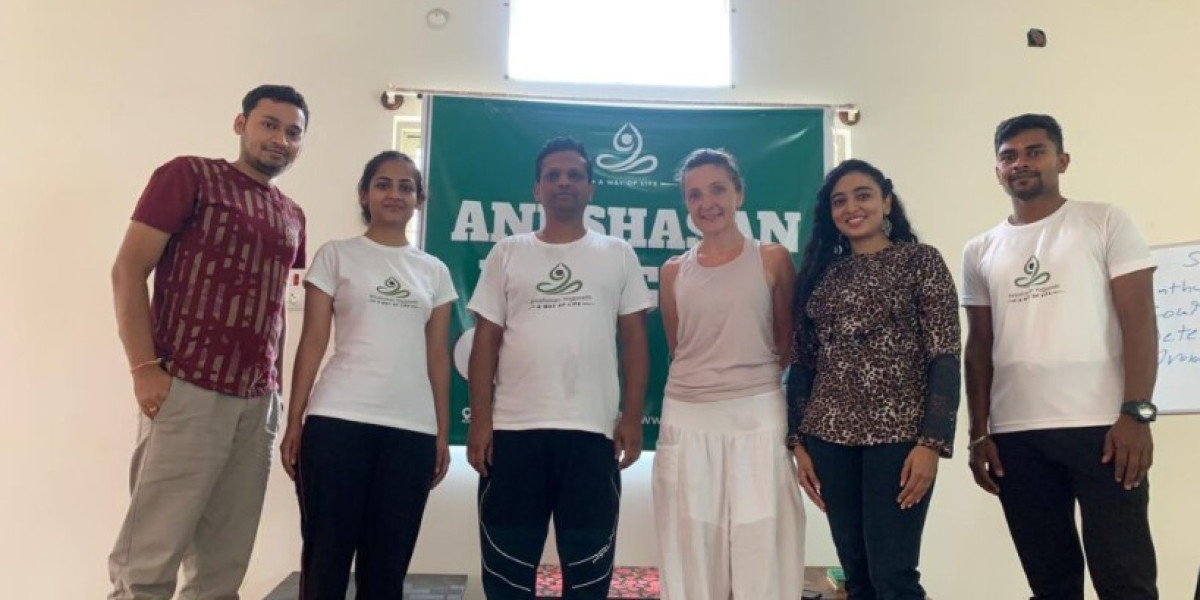Tummy tuck surgery is a popular cosmetic procedure designed to remove excess skin and fat from the abdominal area while tightening the muscles to create a firmer, flatter stomach. Many individuals consider this surgery after significant weight loss or pregnancy, as it helps restore confidence and improve overall body shape.Tummy Tuck surgery in Riyadh(عملية شد البطن في الرياض) Understanding the different types of tummy tuck surgery can help you make an informed choice that best suits your needs.
In Tummy Tuck surgery in Riyadh, the approach is tailored based on the patient’s goals, anatomy, and the extent of correction needed. Whether you want to address minor skin laxity or require a comprehensive reshaping, each type offers specific benefits. This guide highlights the key variants of tummy tuck surgery to help you understand your options clearly.
Full Tummy Tuck (Traditional Abdominoplasty)
The full tummy tuck is the most comprehensive type, involving an incision from hip bone to hip bone and another around the navel. This procedure removes a significant amount of excess skin and fat and tightens the abdominal muscles, making it ideal for patients with loose skin above and below the belly button. Recovery takes several weeks but provides dramatic and long-lasting results.
Key points:
Removes extensive loose skin and fat
Tightens abdominal muscles for a firmer abdomen
Suitable for major body contouring after pregnancy or weight loss
Mini Tummy Tuck
The mini tummy tuck targets the lower abdomen only, with a smaller incision and no repositioning of the navel. It is appropriate for patients with mild skin laxity and excess fat below the belly button. The procedure is less invasive, involves a shorter recovery time, and leaves smaller scars.
Key points:
Focuses on the lower abdomen
Smaller incision and faster recovery
Best for minimal skin tightening needs
Extended Tummy Tuck
The extended tummy tuck combines the traditional procedure with additional skin removal around the flanks and lower back. This surgery is suitable for patients who have lost a large amount of weight and have excess skin extending beyond the abdomen.
Key points:
Includes removal of excess skin on flanks and lower back
Addresses larger body contour issues
Provides a more sculpted waistline
Floating Tummy Tuck
The floating tummy tuck surgery tightens muscles without making an incision around the navel. This technique is less invasive and often chosen by patients who want muscle repair with minimal scarring. It is ideal for those with moderate muscle laxity but limited excess skin.
Key points:
Muscle tightening without navel repositioning
Less invasive with fewer scars
Suitable for moderate muscle laxity
Comparison of Tummy Tuck Types
| Issue Addressed | Full Tummy Tuck | Mini Tummy Tuck | Extended Tummy Tuck | Floating Tummy Tuck |
|---|---|---|---|---|
| Skin laxity | Significant (above and below navel) | Mild (below navel) | Extensive (abdomen + flanks) | Moderate (mainly muscle repair) |
| Incision size | Large hip to hip | Small lower abdomen | Larger, including flanks | Small or medium |
| Navel repositioning | Yes | No | Yes | No |
| Recovery time | Longer (several weeks) | Shorter | Longer | Moderate |
| Ideal patient | Major body contouring | Minor adjustments | Significant skin removal | Muscle tension improvement |
What to Expect During Tummy Tuck Surgery
During the procedure, general anesthesia is administered for patient comfort. Surgeons carefully remove excess fat and skin while repairing weakened muscles. After surgery, results become visible as swelling reduces over weeks. Patients often notice improved abdominal contour and enhanced self-esteem.
Recovery and Aftercare
Recovery time varies with the type of tummy tuck performed. Many patients need 2 to 6 weeks to resume normal activities, with recommendations to avoid strenuous exercise during this period. Wearing compression garments helps reduce swelling and supports healing. Guidance on diet and activity improves the overall outcome.
Risks and Considerations
While tummy tuck surgery is generally safe, risks can include infection, bleeding, scarring, and complications related to anesthesia. Choosing an experienced surgeon and following post-operative instructions carefully reduces these risks.
Frequently Asked Questions
What is the difference between a tummy tuck and liposuction?
Tummy tuck surgery removes excess skin and tightens muscles, while liposuction only removes fat. They can be combined for optimal results.
How long do tummy tuck results last?
Results are considered long-lasting but maintaining a stable weight and healthy lifestyle preserves the outcome.
Can I get pregnant after a tummy tuck?
Pregnancy after tummy tuck is possible but may affect the results, so it’s best to wait until family planning is complete.
When can I resume exercise after tummy tuck surgery?
Light activities can begin in 2-3 weeks; full exercise routines usually resume after 6 weeks with your surgeon’s approval.
Is tummy tuck surgery covered by insurance?
Generally, it is considered cosmetic and not covered by insurance, but exceptions apply for medically necessary cases.
To explore your options and book a consultation, contact Enfield Royal Clinic (انفيلد رويال في الرياض) for expert guidance in Tummy Tuck surgery in Riyadh.





